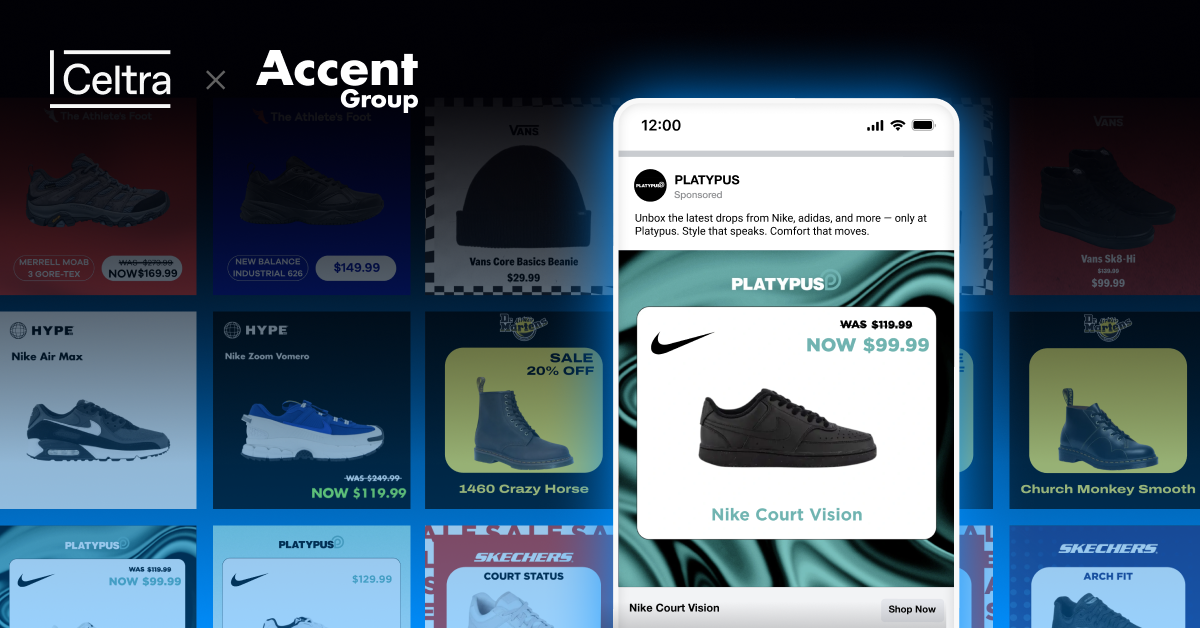Whether you’re working on a branding campaign, a promotional ad, or a product launch, the foundation of a successful campaign begins with a well-crafted creative brief. But what exactly is it, and why is it essential for your team?
The value of a good brief cannot be overstated. It streamlines communication, reduces ambiguity, and ensures that all team members are on the same page. This becomes even more crucial in larger organizations with teams spread across different locations and time zones.
In this blog, we’ll explore examples of creative briefs, guide you through the process of writing one, and show how using a creative brief can lead to more effective and efficient ad campaigns.
What is a creative brief?
A creative brief is a strategic document used in advertising and marketing to guide the creative process. It sets clear goals and expectations for the campaign, outlines the deliverables, and helps align all stakeholders, from designers to marketers, with the vision for the project.
At its core, the purpose of a creative brief is to:
- Set clear objectives: It helps identify what the campaign needs to achieve, whether it’s increasing brand awareness, driving sales, or launching a new product.
- Guide creativity: By providing a clear understanding of the target audience and key messaging, the brief inspires the creative team to develop ideas that are on-brand and relevant.
- Ensure consistency: The brief ensures that all team members, regardless of location, understand the campaign’s direction and brand voice, resulting in consistent messaging across all channels.
A well-structured creative brief is the first step in streamlining your creative process and executing a successful ad campaign. In the next section, we’ll dive into the key components of a creative brief and how to craft one that resonates with your team and stakeholders.
Key components of a creative brief
A strong creative brief covers several key elements that help guide the campaign’s execution. Each component plays an essential role in ensuring the brief is clear, actionable, and aligned with campaign goals.
1. Project overview
This section gives a brief background of the campaign, explaining why it exists and what it hopes to achieve. A strong project overview includes:
- Campaign goals: Are you looking to increase brand awareness, drive sales, or launch a product?
- Campaign context: Is this part of a larger marketing initiative or a standalone campaign?
💡 Example
Project overview: Launch a new line of eco-friendly skincare products to the target market, emphasizing the brand’s commitment to sustainability.
2. Advertising objectives
Clearly define the desired outcomes of the campaign. This section outlines how success will be measured. Are you focusing on increasing web traffic, boosting social media engagement, or generating direct sales?
💡 Example
Advertising objective: Increase website traffic by 20% and drive product purchases via social media ads targeting eco-conscious consumers.
3. Target audience
This section identifies the audience you want to reach. Consider demographic information, purchasing behaviors, and psychographics. Understanding your audience helps the creative team develop messages that resonate.
💡 Example
Target audience: Eco-conscious women, ages 25-40, who prioritize sustainability and are looking for ethical skincare solutions.
4. Key message and tone
What message do you want to convey to your audience? The brief should outline the campaign’s key message and tone (e.g., friendly, formal, humorous, etc.).
💡 Example
Key message: Our products are 100% organic, cruelty-free, and packaged in sustainable materials.
Tone: Friendly, informative, and confident.
5. Timeline and budget
A clear timeline ensures the campaign is completed on time, while a defined budget keeps the project within financial constraints. Include key dates, such as the campaign’s launch and any internal milestones.
💡 Example
Timeline: The campaign launch date is May 1st, and final deliverables are due April 15th
Budget: $50,000 for media spend, $10,000 for creative production.
Creative brief examples for different advertising campaigns
Now, let’s explore how to tailor a creative brief for different types of campaigns. Below are examples of three of some of the most common campaign types:
1. Branding campaign brief
Project Overview: Rebrand an established sports company to connect with a younger, active, and digitally engaged audience.
Objective: Increase brand recognition by 30% within six months through digital and social media campaigns.
Target Audience: Active individuals and sports enthusiasts, ages 18–34, who value performance, innovation, and style.
Key Message: Innovative technology designed for a modern lifestyle.
Tone: Bold, energetic, and forward-thinking.
2. Promotional campaign brief
Project Overview: Promote a seasonal sale for an online retail brand.
Objective: Drive online sales by 50% during the month of November.
Target Audience: Budget-conscious shoppers, ages 25-45, who are looking for holiday deals.
Key Message: The best deals of the year are here—don’t miss out!
Tone: Urgent, friendly, and encouraging action.
3. Product launch campaign brief
Project Overview: Launch a new product line for a beauty brand targeting Gen Z.
Objective: Generate 100,000 website visits within the first week of launch and increase product awareness.
Target Audience: Gen Z, ages 16-24, socially conscious consumers interested in skincare and beauty trends.
Key Message: New skincare line—simple ingredients for clear, glowing skin.
Tone: Fun, relatable, and aspirational.
Best practices for writing a creative brief
While structuring your creative brief, keep the following best practices in mind to ensure clarity and effectiveness:
- Be concise: Avoid unnecessary jargon and keep the brief as straightforward as possible. The clearer, the better.
- Use bullet points: Bullet points are a great way to break down complex information and make the brief easier to read.
- Stay aligned with the brand: Always keep the brand’s voice, style, and values at the forefront when writing your brief.
- Include measurable goals: Whether it’s sales, web traffic, or engagement, make sure the brief outlines how success will be measured.
- Collaborate: Involve key stakeholders early in the process to ensure alignment and avoid surprises down the road.
Executing the creative brief
A creative brief is just the beginning of the creative process. Its real value comes in execution. Executing a brief can be complicated when working with multiple teams or international stakeholders. However, tools like Celtra’s Creative Automation platform can streamline the execution process. By automating workflows, improving collaboration, and ensuring brand consistency across all creative assets, Celtra helps teams efficiently turn their creative briefs into impactful campaigns.
Ready to make your creative process more efficient? Let’s jump on a quick call and see how Celtra can help you.
Frequently asked questions
A creative brief is a strategic document that outlines the goals, audience, and key messages for an advertising or marketing campaign.
A well-structured creative brief should include a project overview, advertising objectives, target audience, key message and tone, timeline, and budget.
A creative brief should be clear, concise, and well-organized. Use headings, bullet points, and straightforward language to ensure that everyone involved in the campaign understands the brief.
Be concise, stay on-brand, and include measurable goals. Collaborate with stakeholders early in the process to ensure alignment and avoid surprises.






